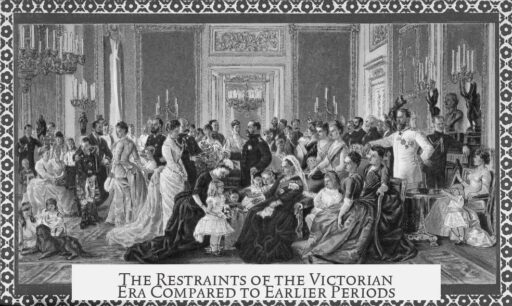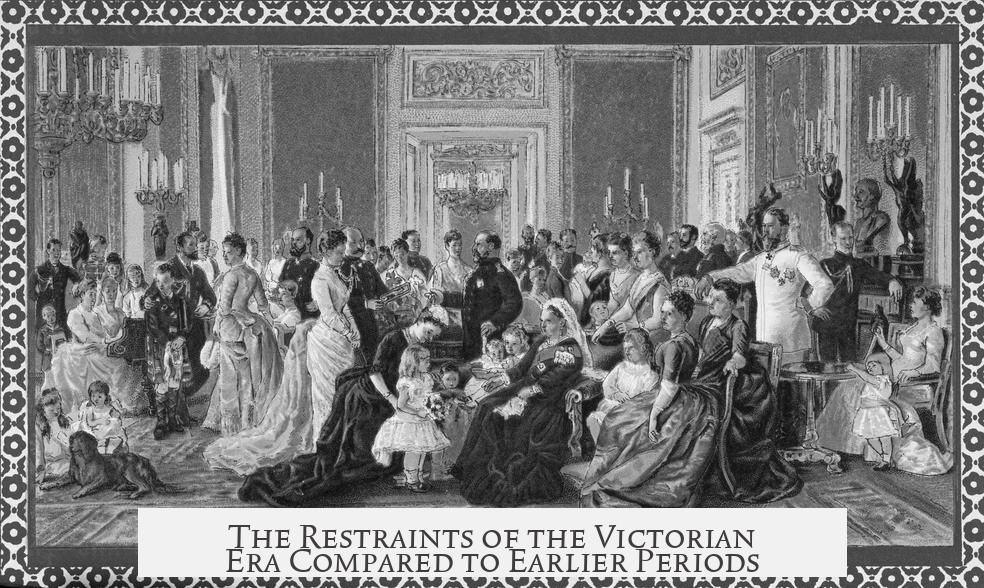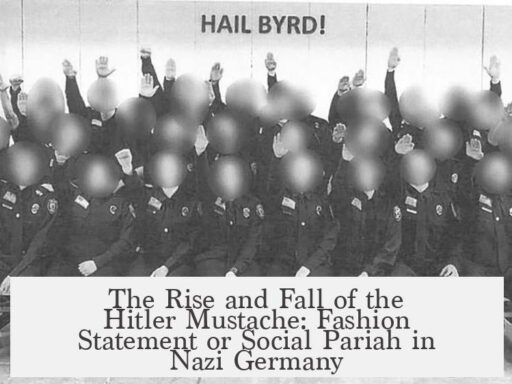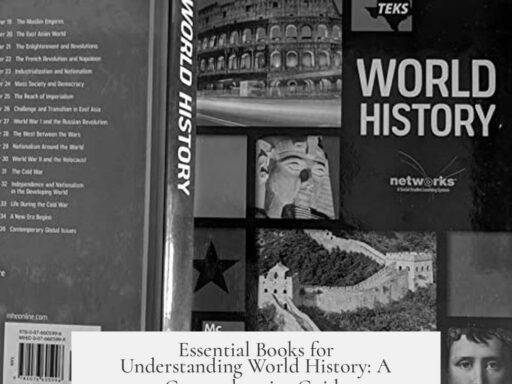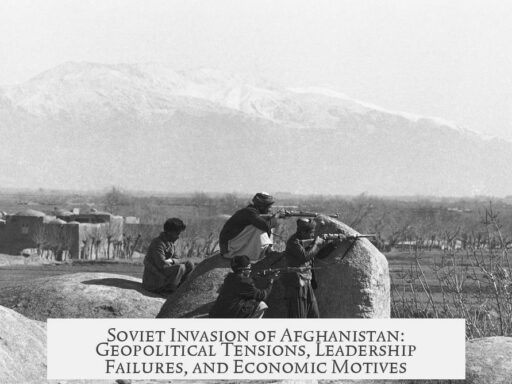The Victorian Era proves more restrictive compared to previous periods due to rapid urbanization, the rise of a new middle class, a backlash to fast societal changes, and a cultural shift driven by the Industrial Revolution. This era embraced strict social standards, etiquette, and moral codes, reinforced by influential figures like Queen Victoria herself.
The Industrial Revolution dramatically altered society. Before it, people lived in rural areas with set, traditional ways, often unchanged for generations. Urbanization packed diverse groups closely together in cities. This proximity sparked conflicts and uncertainty about behavior. Society sought stability through standardization of manners and conduct. Clear rules helped manage tension caused by new social encounters.
The growing middle class influenced this strictness. New money sought to fit into social circles long dominated by old aristocracy. They learned and emphasized propriety to secure respect among elite circles. Conversely, the established upper class grew wary, guarding their status by highlighting and punishing social slip-ups. This created an environment where rigid etiquette maintained social distinctions.
The Victorian social restrictions also stem from a natural human reaction to rapid change. Historical records show that during periods of revolution—industrial, political, or scientific—people tend to retreat to nostalgic visions of order. The Victorian ethos functioned to restore a sense of control amid perceived chaos. While these “good old days” rarely existed as imagined, Victorian society took comfort in these restored norms.
Education and media became tools to cement these restrictions. Schools began partly to reduce juvenile crime. More importantly, they inculcated Victorian standards of behavior in younger generations. Books, magazines, and other media reinforced these ideals, shaping public perceptions of “proper” conduct and further normalizing restrictive social codes.
A reactionary element also shaped Victorian values, particularly in response to the preceding 18th-century libertine lifestyle. The excesses and instability tied to events like the Napoleonic Wars led many to reject the permissiveness of their parents’ generation. Victorian restraint emerged as a deliberate contrast to the earlier period’s hedonism and uncertainty, emphasizing discipline and moral uprightness.
Queen Victoria herself massively influenced societal norms. Unlike earlier monarchs, she wielded considerable power through public relations efforts. Utilizing emerging media like photography, Victoria curated an image of a proper, reserved family and strict morality. Her personal values—such as disdain for premarital sex and the expectation that children be seen and not heard—became social ideals emulated across the nation.
Victoria’s image as the “mother” of an empire also fostered national pride and a sense of British superiority. This nationalism reinforced rigid behavioral codes as part of maintaining the empire’s identity. Public displays of etiquette and hierarchy became symbols of British dominance. The queen’s influence extended beyond the UK, shaping emerging powers like the United States, which admired Britain’s industrial success and social order during periods of their own upheaval.
| Factor | Explanation | Impact |
|---|---|---|
| Urbanization | Mass movement of diverse people into close spaces. | Created conflict; led to standardization of etiquette. |
| Rising Middle Class | New wealth seeking social acceptance. | Emphasized strict manners; old elite guarded status. |
| Backlash to Rapid Change | Reaction to industrial, political, and scientific shifts. | Society sought safety in tradition and order. |
| Industrial Revolution | Drastic cultural transformation from rural to urban life. | Increased uncertainty; reinforced need for social rules. |
| Education and Media | Schools and publications reinforced Victorian norms. | Social restrictions taught and normalized in youth. |
| Reaction to 18th-Century Libertinism | Rejection of prior era’s moral looseness. | Fostered Victorian prudishness and self-restraint. |
| Queen Victoria’s Influence | Monarch promoted morality, hierarchy, and national pride. | Set social standards and modeled ideal behavior. |
Multiple forces combined to make Victorian society notably restrictive. Urban growth and a shifting social order created pressure to define proper conduct. The education system and emerging media boosted these social norms. Historical and cultural reactions led many to embrace strict codes as a refuge from uncertainty and indulgence. Queen Victoria’s personal values and public image further shaped and popularized this ethos.
- Victorian restrictions arose to manage social diversity and urban tensions.
- Middle-class ambitions and aristocratic resistance codified etiquette.
- Rapid industrial and social change fueled nostalgic conservatism.
- Education and media reinforced Victorian behavioral norms.
- The era reacted against prior 18th-century excess and uncertainty.
- Queen Victoria’s PR role solidified moral and social standards.
- British imperial identity tied to social order and national pride.
